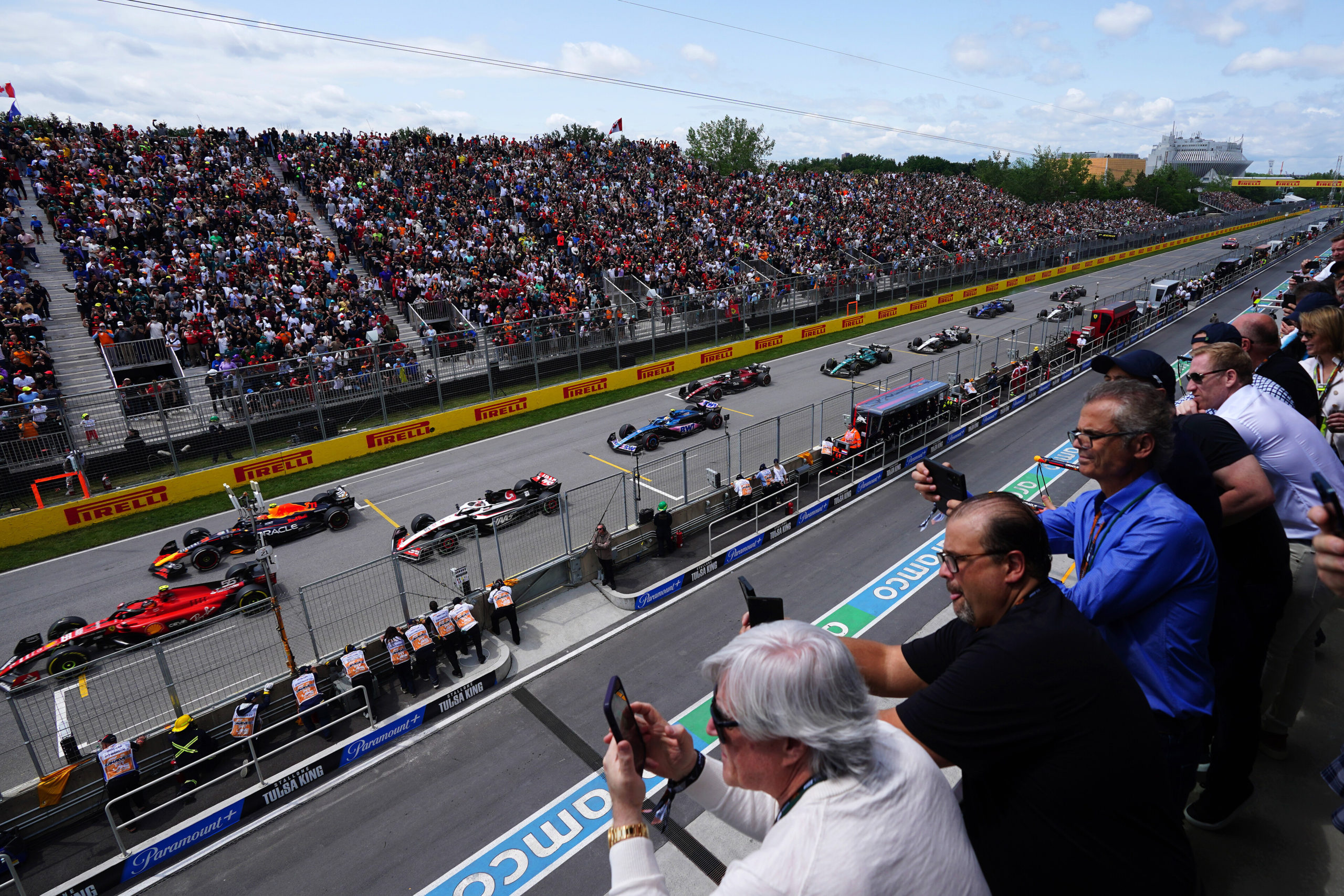F1 team chiefs share their opinion on the recent discussions around weight decrease of the current generation of cars.
Off late, F1 chief Stefano Domenicali and FIA President Mohammed Ben Sulayem have been in discussion about reducing the weight of Grand Prix cars in 2026. Their argument being quite simply that the current generation of cars is too heavy.
The current generation of F1 cars is the heaviest being 798 kg. As it is, power units in future will potentially be heavier. The issue now will be to reduce the weight of the car by as much as 50 kgs perhaps, which could be a challenge in the first place.
The other issue here also could be safety which could be or perhaps not compromised. As the discussions take place behind the scenes and F1 team chiefs like James Allison (Mercedes), Dan Fallows (Aston Martin), Pierre Wache (Red Bull) and Andreas Stella (McLaren) share their views on whether this can be a runner in three years time.
James Allison: “Well, I strongly agree with Stefano, and he’s not alone in thinking that this sort of inexorable upward trend in weight is something that has to be arrested and then reversed. Because, you know, year-on-year they were getting heavier. It isn’t super trivial to get the weight moving in the other direction. It is particularly tricky to dream up technical rules that are going to make the car much lighter. The way to make it lighter, I think, is to lower the weight limit and make it our problem. If cars are over the limit, then it forces us all to make some fairly difficult decisions about what we put in our cars and what we don’t. But not everyone agrees with that point of view. But that’s sort of, I think, the most guaranteed way to put downward pressure on the weight of the car”.
Dan Fallows: “I think I’m probably in agreement with James on that. I think there are things that we can probably do in the rules to help. I think, certainly, putting the weight limit down is one way of achieving it. But we have to make sure that we don’t look to compromise safety in any way by doing that. And maybe there are things architecturally we could do that would help. But it certainly is going to be a challenge. And I think there’s no doubt that with the power unit regulations being set the way they are, that makes the challenge even bigger”.
Pierre Wache: “I agree with my colleagues. I’m not sure that we will have a significant change in terms of weight. And I agree we should do with this type of… the safety we want to achieve because it’s the most important aspect the safety improved a lot to the driver. And we would not like to compromise that. Plus, I think the power unit that is defined now [for ‘26] is already massively heavier than what we currently have. I think to make it significantly lighter, as mentioned by Stefano, it will be very, very difficult”.
Andreas Stella: “I think reducing by 50 kilograms looks quite ambitious, without very significant technical changes, which I don’t think at the moment are under consideration. I think you touch an important point. Some of the weight that has been added comes from measures that have to do with safety. Like, if we think even next year, there will be an enforcement of safety associated with the roll hoop. So, in a way we welcome this kind of mass that has been added to the cars, even if it changed the nature of Formula 1 from what it was 20 years ago, where it was a 200 kilogram lighter car. If anything, cars are quicker now, thanks to the downforce and the big tyres. So, I think retaining the current weight, or reducing by a few kilograms is already a good result. It needs smaller tyres and smaller cars to be able to reduce it significantly. So, yeah, we will see, I’m not sure what the direction of travel is at the moment, but we all would welcome lighter cars, but certainly not at the expense of safety”.
Here’s Hitech GP confirming F1 bid
Here’s photos of new Silverstone’s Escapade
Here’s FIA on multiple WMSC announcement
Here’s Stefano Domenicali full on F1 podcast
Here’s Drive to Survive producer on the F1 show
Here’s news on new F1 drama series

